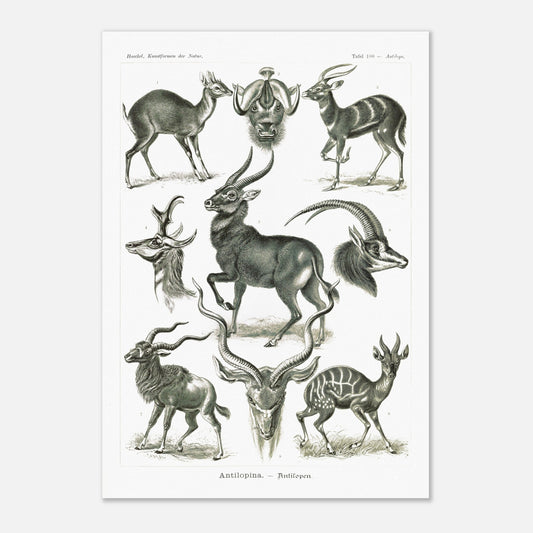Antelopes - Zoological and botanical plate - Ernst Haeckel, Kunstformen der Natur
Antelopes - Zoological and botanical plate - Ernst Haeckel, Kunstformen der Natur
Couldn't load pickup availability
Reproduction engraving of: Antelopes
Original title Antilopina - Antilopen
Poster of Antelope - Vertebrates of the class Mammalia, subclass Ungulata, family Antelope (Antilopina)
Illustration from the book Kunstformen der Natur, which is a collection of artistic lithographs of natural sciences published by the German biologist Ernst Haeckel between 1899 and 1904.
This naturalistic illustration is part of an overall style inspired by Ernst Haeckel, which greatly influenced the emerging Art Nouveau movement at the beginning of the 20th century. This work, illustrating the impressive beauty and great diversity of the biological world, was complemented by a certain amount of scientific information, some excerpts of which are reproduced below.
This information is over 120 years old and some of it may be outdated!
Scientific classification:
Stamm of the Wirbeltiere (Vertebrata) Main class Gnathostomes (Gnathostoma) Class of Mammals (Mammalia) Subclass of Placentaria (Placentalia) Legion of Ungulates (Ungulata) Order Artiodactyla Suborder Ruminants (Ruminantia) Cavicorn Tribe (Cavicornia) Antelope Family (Antilopina)
Scientific notice (extract) accompanying the poster print of Antilopina - Antelopes :
The Antelope family belongs to the Ruminantia group, characterized by heads bearing hollow horns mounted on bony cores. Goats, sheep, and cattle are also part of this Cavicornia group. The differences between these three families and the Antelopes, from which they descend, are often subtle, especially since many transitional forms exist between them. To date, we know of more than 100 living species of Antelope, formerly grouped under a single genus, now divided into 20 genera defined mainly by the shape of their horns. Only two of the many species currently live in Europe (the chamois in the Alps and the saiga antelope in southern Russia); two others are found in North America (the pronghorn antelope, Fig. 4, and the pronghorn antelope, Antilocapra americana). The vast majority of antelopes live in herds in Africa, with a minority occurring in Asia. Fig. 1. Tetracerus quadricornis (Blainville). Four-horned antelope. Body length 85 cm, tail length 15 cm, height at the withers 50 cm, brown with a white belly. Found in the forested hills of eastern India. This antelope is the only living mammal naturally bearing two pairs of horns (although goats with two or even three pairs of horns have been artificially bred). The larger hind horns are the original. Females are hornless. Fig. 2. Gazella cuvieri (Sundevall). Cuvier's gazelle. Body length ? m, tail length 80 cm, height at the withers 1.2 m. Dark grayish-brown with a whitish mane on the neck and tail. Found in large herds in South Africa. Very fast, wild, and untamed. Fig. 3. Tragelaphus strepsiceros (Sclater). Kudu. Body length 2.5 m, tail length 0.5 m, height at the withers 1.7 m. Dark grayish color with 7 to 9 white bands on the flank and a white facial pattern between the eyes; black mane on the neck. Pointed, spiral, yellow-brown horns exceed 1 m long. Found in the forests of Central Africa, east and south of the Sahara. Fig. 4. Antilocapra americana (Owen) = Pronghorn antelope. Body length 1.25 m, tail length 20 cm, height at the withers 80 cm. Light reddish-brown color above, white on the belly and flanks. Found in large herds on the plains of North America. Very fast, agile, and skillful. This American "forked antelope" is distinguished from other antelopes by the shape and development of its forked horns, resembling both mouflons and deer. Fig. 5. Antilope ellipsiprymna (Gray). Water antelope. Body length 2 m, tail length 50 cm, height at the withers 1.30 m. Mainly gray in color with yellowish-red hues, with a white ellipsoidal band around the base of the tail. Male with a mane. This aquatic antelope, similar to a deer, inhabits the swamps of South Africa and greatly appreciates water. Fig. 6. Hippotragus niger (Harris). Bontebok or Sable Antelope. Body length 2.5 m, tail length 50 cm, height at the withers 1.5 m. Glossy black coat with white bands in places. Found in South Africa. The neck has a thick mane. The horns are very developed and curved backwards. Fig. 7. Addax nasomaculatus (Gray). Addax. Body length 2 m, height at the withers 1 m. Colour yellow-white, head, neck and mane brownish; white stripe in front of the eyes. Found in Northeast Africa, from Upper Egypt to Chad. The long horns are curved lyre-like and slightly ringed in both sexes. Fig. 8. Oryx beisa (Rüppell) = Beisa antelope. Body length 1.6 m, tail length 50 cm, height at the withers 1.2 m. Colour light grey with black markings on the face and legs. Found in East and South Africa. The horns are long, slender and straight. Fig. 9. Tragelaphus scriptus (Sundevall) = Bushbuck antelope (Pallas). Bushbuck. Body length 1.4 m, tail length 15 cm, height at the withers 85 cm. Color tan brown, with white bands and stripes as well as distinctive white markings on the face, reminiscent of a white horse saddle. The horns are black and measure approximately 30 cm long. Found in west central Africa. These descriptions highlight the impressive diversity of Antelopes, adapted to varied habitats across Africa, Asia and North America, demonstrating their adaptive evolution and natural magnificence in the animal kingdom.
Species present on the naturalist board of Antelopes - Antelope :
- Tetraceros quadricornis
- Catoblepas gnu
- Tragelaphus gratus
- Antilocapra americana
- Antelope furcifera
- Ellipsiprymna antelope
- Cervicapra ellipsiprymna
- Hipptragus niger
- Addax nasomaculatus
- Tragelaphus kudu
- Tragelaphus scriptus
- Antelope maculata
About this print
About this print
The layout and composition of this reproduction have been the subject of our greatest attention.
- Respect for the format of the original work: in order to faithfully transcribe the artist's intention, the work is not cropped/re-cut except in extreme cases (obvious imperfection, geometry problem, etc.) in which case the cropping will be as light as possible.
- The presence of white margins is sometimes necessary in order to present the work in a balanced manner.
- Each size offered has been specifically composed, therefore, the size of the white margins may vary from one print size to another. Remember to check this detail carefully!
- Print only, frame not included!
Features
Features
- Premium 200gsm matte white paper, durable and strong.
- Natural, smooth uncoated finish, silky to the touch
- FSC certified paper or equivalent certifications depending on regional availability.
- Each print is shipped in sturdy packaging, ensuring safe transport.
- Each print is printed and shipped on demand. No minimum order quantity is required.
Share !

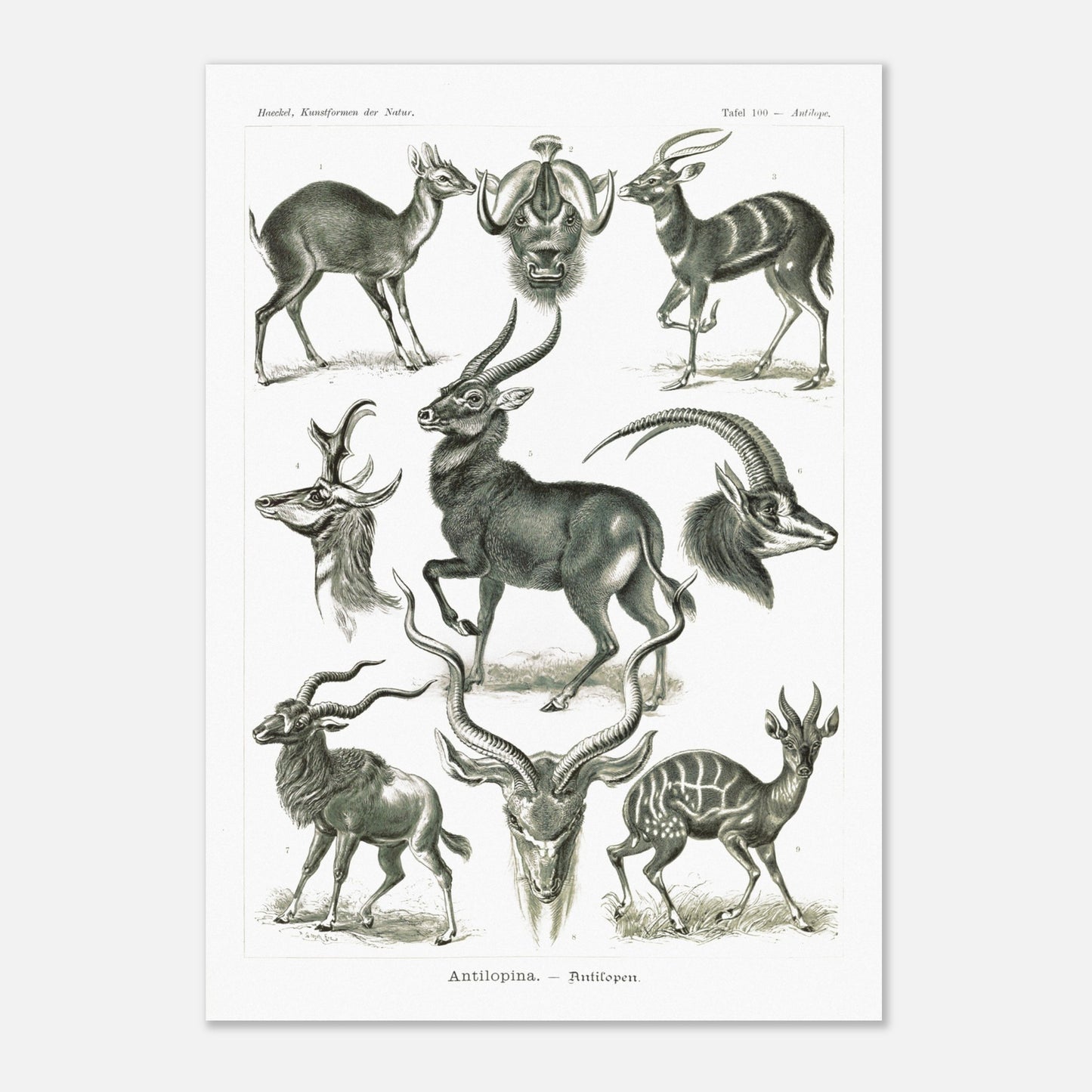
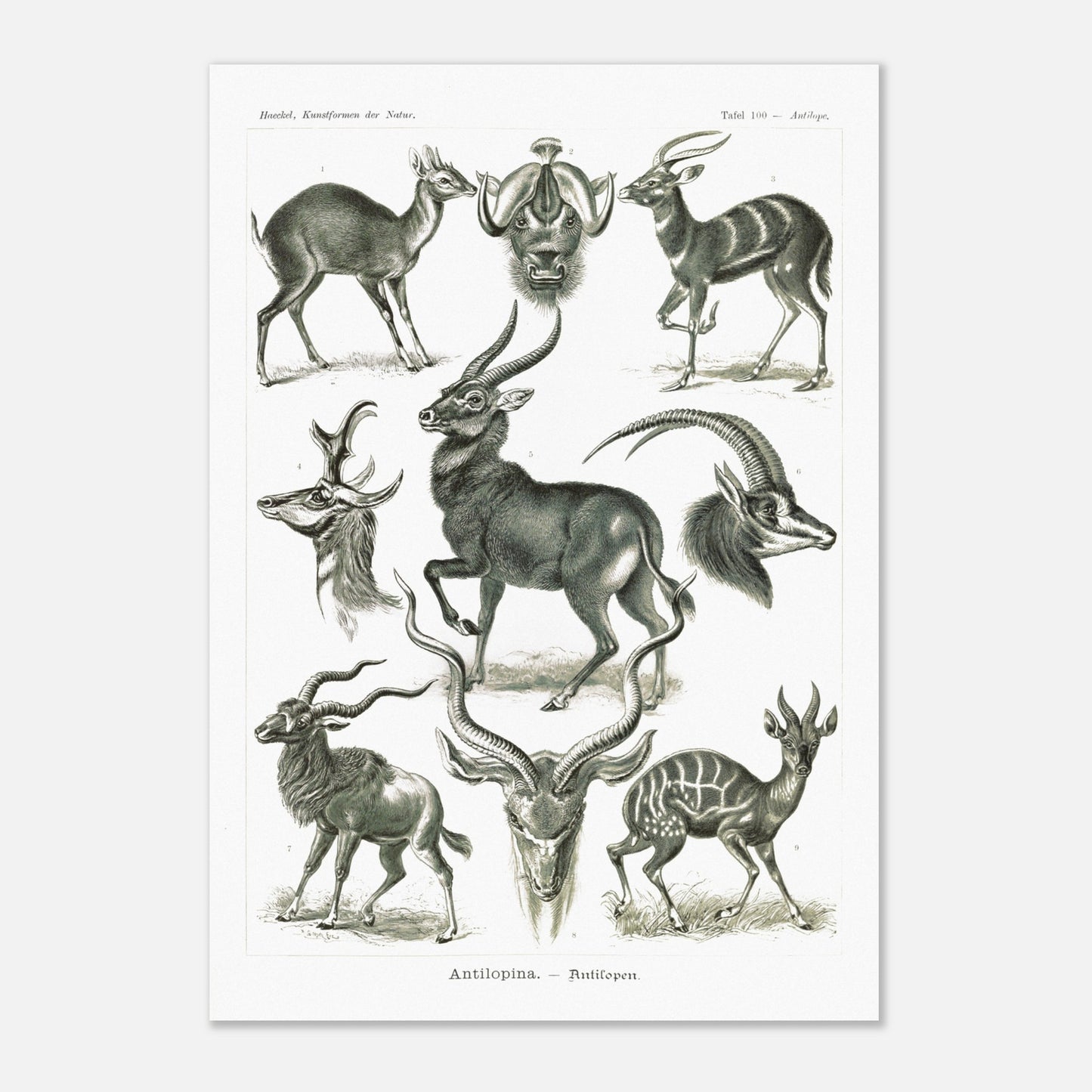

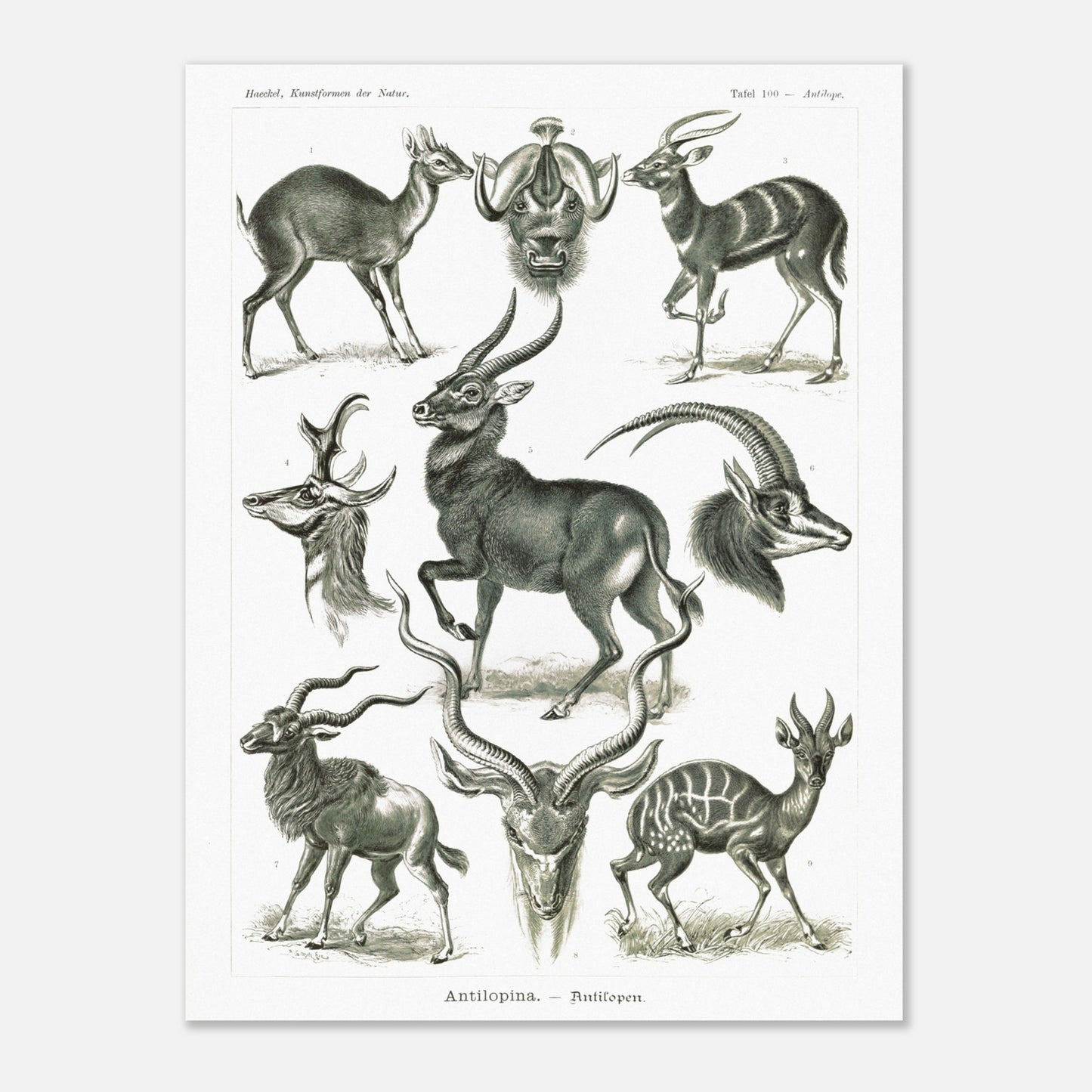
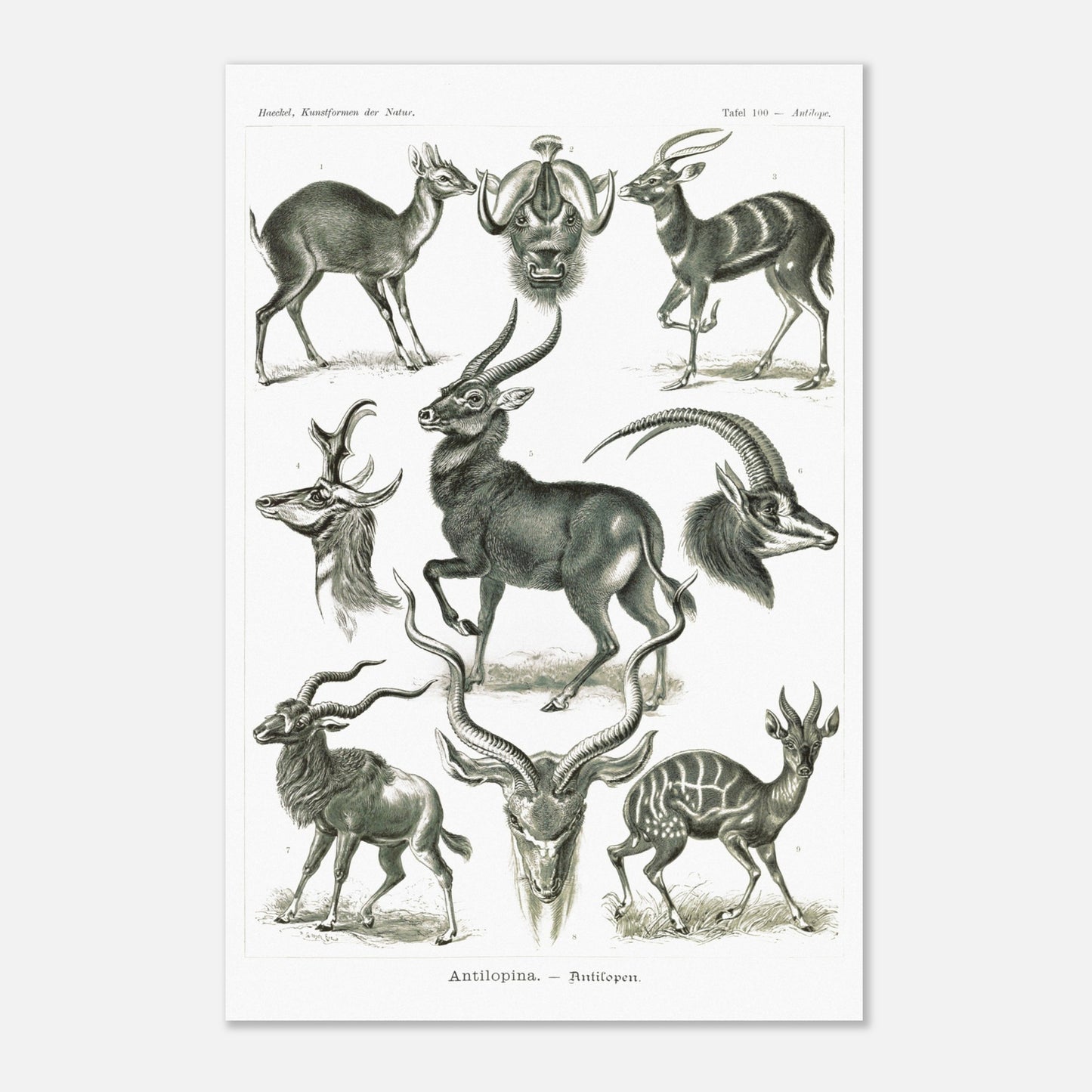

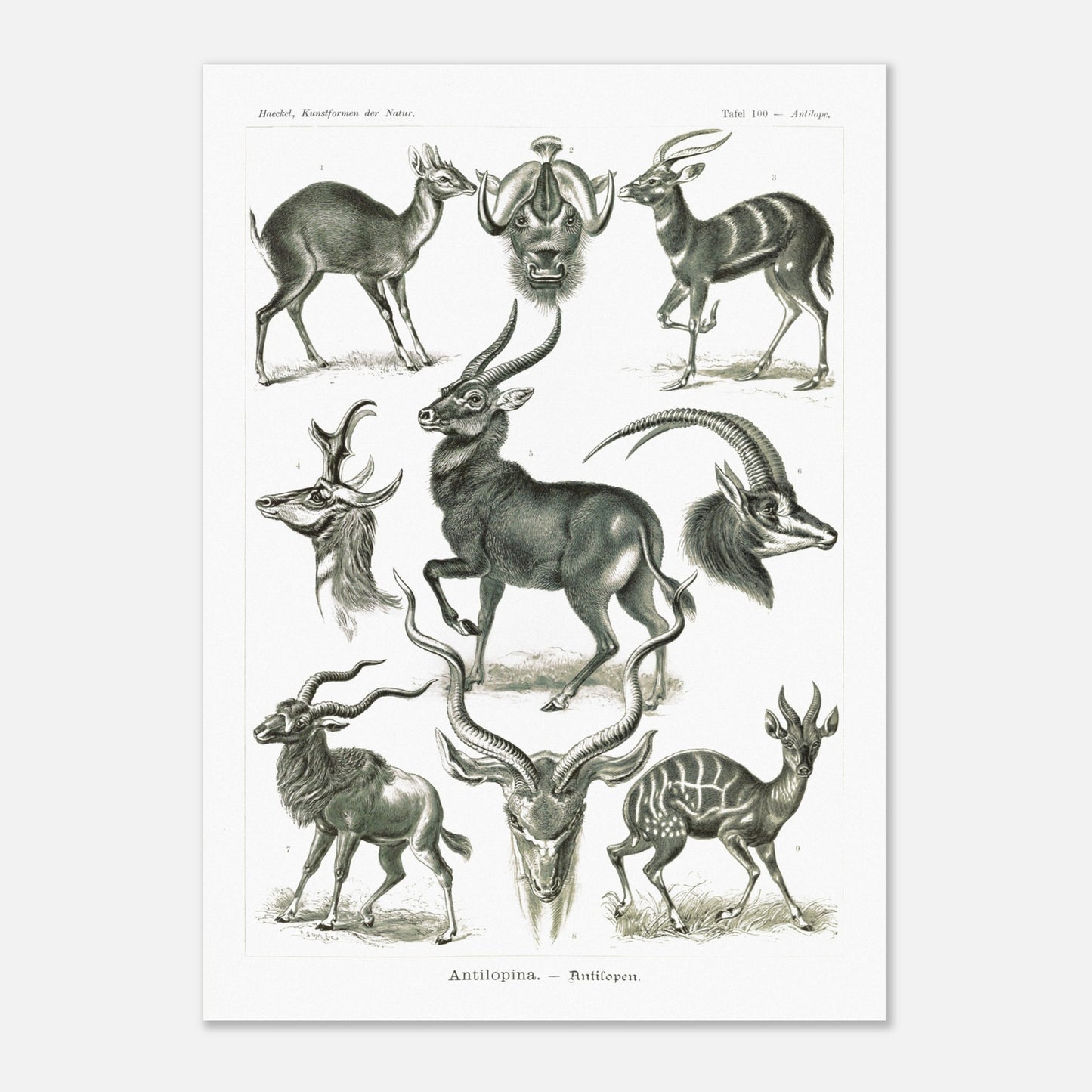
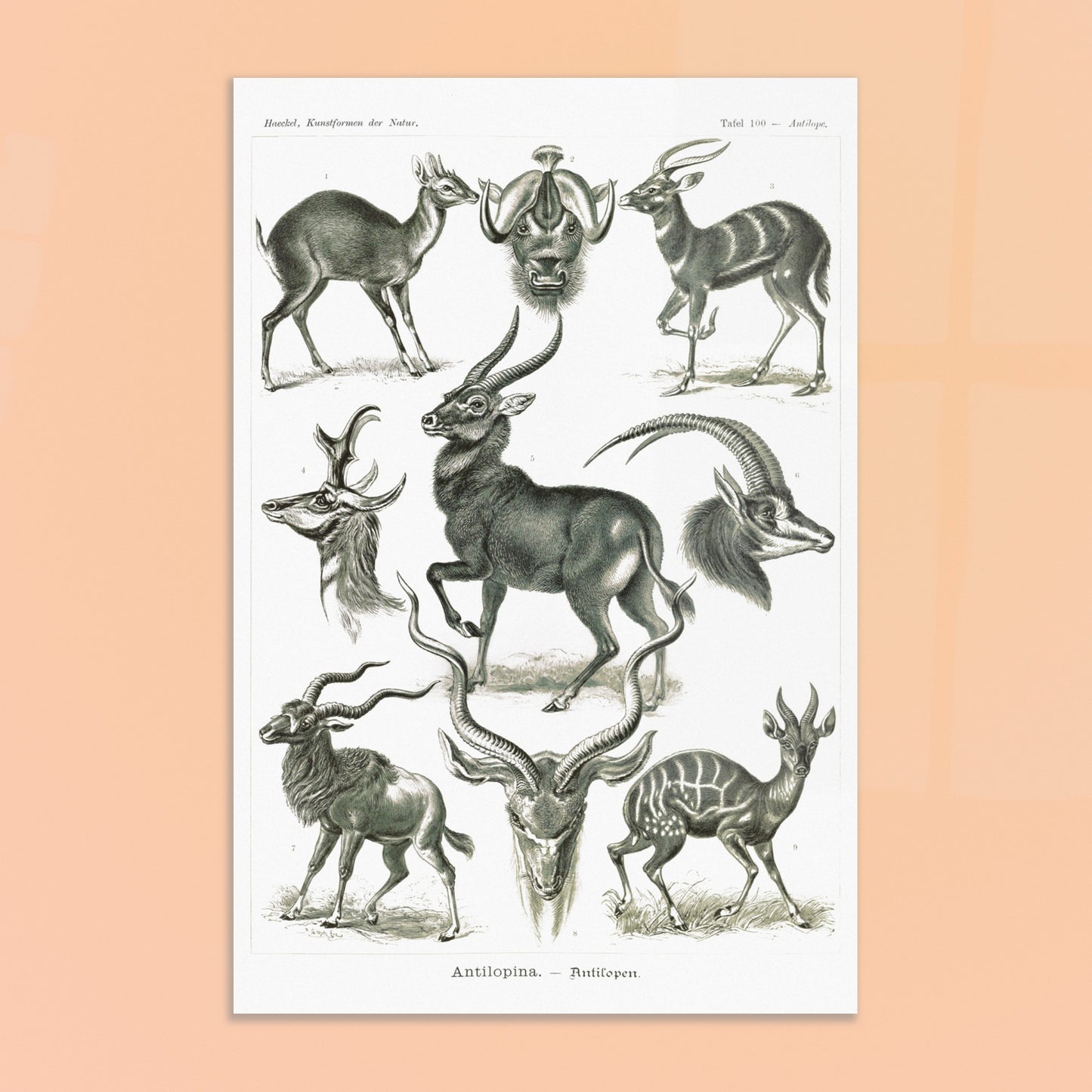
Recently viewed products
We are listening to you
If you are looking for a specific composition, a particular layout, or any other customization need, our team is at your disposal and will do everything possible to meet your requests.
So don't hesitate to...




